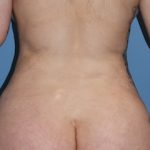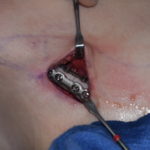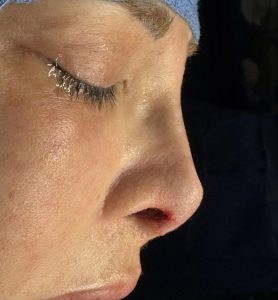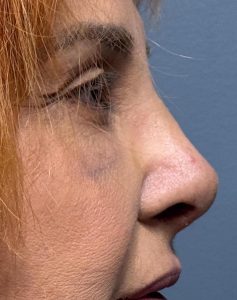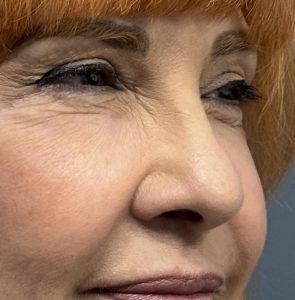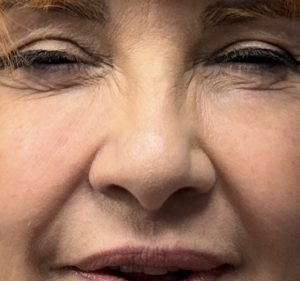Background: While rhinoplasty is a commonly performed nose reshaping procedure it is also important to not compromise its airflow function. This has been a basic tenant of modern day rhinoplasty surgery and is the origin of such contemporary adjunctive techniques such as dorsal roof preservation, spreader grafts as well as to some degree the columellar strut graft. The concept is an evolution of the overdone ski-sloped noses that were seen in the 60s and 70s decades ago.
Rhinoplasty is not a gender neutral approach in its aesthetic outcomes with numerous well known gender differences. For the male a straight and high dorsal line with a nasolabial angle of 90° or less is acceptable. Also, males generally do not want and over narrowed or pinched nasal tip appearance. Conversely females often want a less straight or slightly concave dorsal line profile, a 95° or greater nasolabial angle and a more narrow tip shape. While these are general nasal shape concepts there will be patients whose aesthetic objectives lie outside these norms.
One such example of a nasal shape outlier is the desire for a Barbie nose shape. Coined from the obvious shape of the nose on a Barbie doll it is a reduced nasal shape that does violate many of the basic rhinoplasty tenants. It is essentially an over reduced dorsal line with an extremely upturned and short nasal tip. On the surface this type of reduced nose would certainly appear to have potential short and long-term functional nasal airway issues. But there is a way to perform this type of rhinoplasty to lesson those risks.
Case Study: This older female had a genetic nose shape that was a smaller nose but with a thick broad tip that was less than 90°. She never liked her genetic nose shape but, now as an older female with the eventual plunging of the nasal tip downward, did not want to look like an old lady. Her specific request was for a Barbie rhinoplasty.
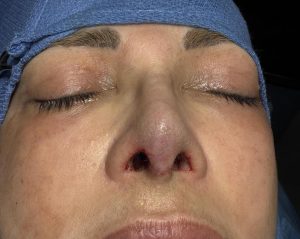
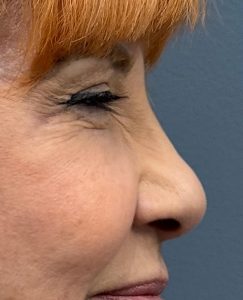
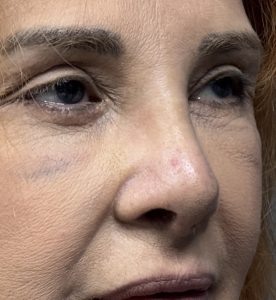
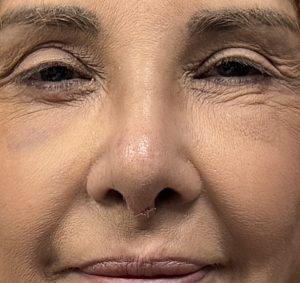
Key Points
1) Some females may request an aggressively reduced nose shape often called the Barbie nose.
2) The Barbie nose rhinoplasty is a nose reshaping procedure which consists of creating a low saddle bridge and shortened and upturned tip.
3) The effectiveness of such an extreme rhinoplasty depends on the thickness of the overlying skin and how well it contracts down around a reduced cartilaginous framework as well as providing structural support as the nose is reduced.
Dr. Barry Eppley
World-Renowned Plastic Surgeon

